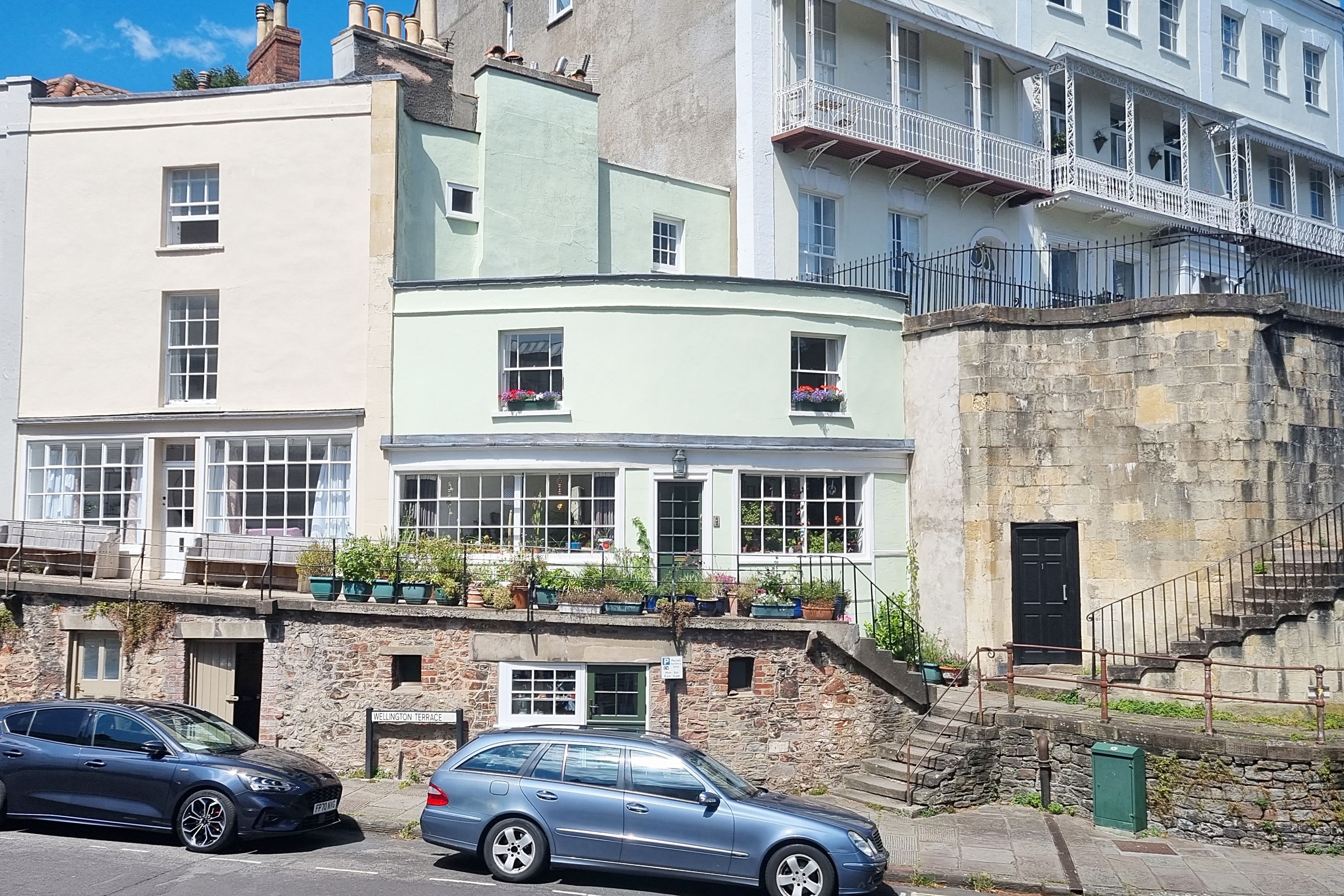Former tea shop said to be where Winnie-the-Pooh first sketched goes on market
The ‘silly old bear’ is said to have been sketched for the first time at the property in Clifton, Bristol.

A former tearoom claimed to be where Winnie-the-Pooh was first sketched and discussed by illustrator EH Shepard and author AA Milne has gone on the market.
The terraced property, dating back to around 1790, is affectionately known by locals in the upmarket Clifton area of Bristol as “Pooh Corner”.
It is currently a two-bedroom house but previously served as a tea shop for decades and is said to have been frequented by author AA Milne in the early 1920s.
Martin Haigh, of local estate agents Haighs, claimed the property is believed to be where the first drawings of Winnie-the-Pooh were created.
He said: “It is believed that it was during one of these visits to the tea shop that the first sketched ideas of a ‘silly old bear’ were drawn and discussed by AA Milne and EH Shepard, and Winnie-the-Pooh was born.
“Later on, probably in the 1930s, Ernest Shepard created an oil painting of Winnie, the only one he ever painted, and donated it to the tea shop, where it was on proud display for many years.
“Sadly, the painting was sold around 25 years ago and is now in a museum in Winnipeg, Canada.”
Mr Haigh said the Grade II-listed house, which is listed for £675,000, has “charm and character in abundance” over its two floors.
It has a distinctive curved front and is situated close to Bristol’s iconic Clifton Suspension Bridge.
The estate agent listing notes that it is a 30-minute walk to the city centre, “unless of course, you are Piglet or Eeyore, in which case travelling time may be a little longer”.
In October 2000, the oil painting of the bear – painted by EH Shepard in the 1930s – went on sale and was purchased by a group of people from Winnipeg for more than £124,000.
Articles from local paper the Bristol Post from the time of the sale do not reference the claim that original discussions and sketches of the bear took place at “Pooh Corner”.
Winnie-the-Pooh first appeared by name in a children’s Christmas story by AA Milne in the London Evening News in 1925, with the character inspired by a toy bear belonging to Milne’s son, Christopher Robin.
The bear had originally been called Edward before being renamed Winnie, after Robin saw a Canadian black bear with that name during visits to London Zoo.
Winnie – full name Winnipeg Bear – was an orphaned black bear cub purchased by Harry Colebourn in Ontario, Canada, in 1914.
He was posted to the Western Front and was unable to bring his beloved bear, so arranged for her to live temporarily at London Zoo, where she became a star attraction.
Colebourn, who served with Royal Canadian Army Veterinary Corps, intended to bring Winnie back to Canada with him at the end of the war but donated her to the zoo where she lived until her death in 1934.
Bookmark popover
Removed from bookmarks